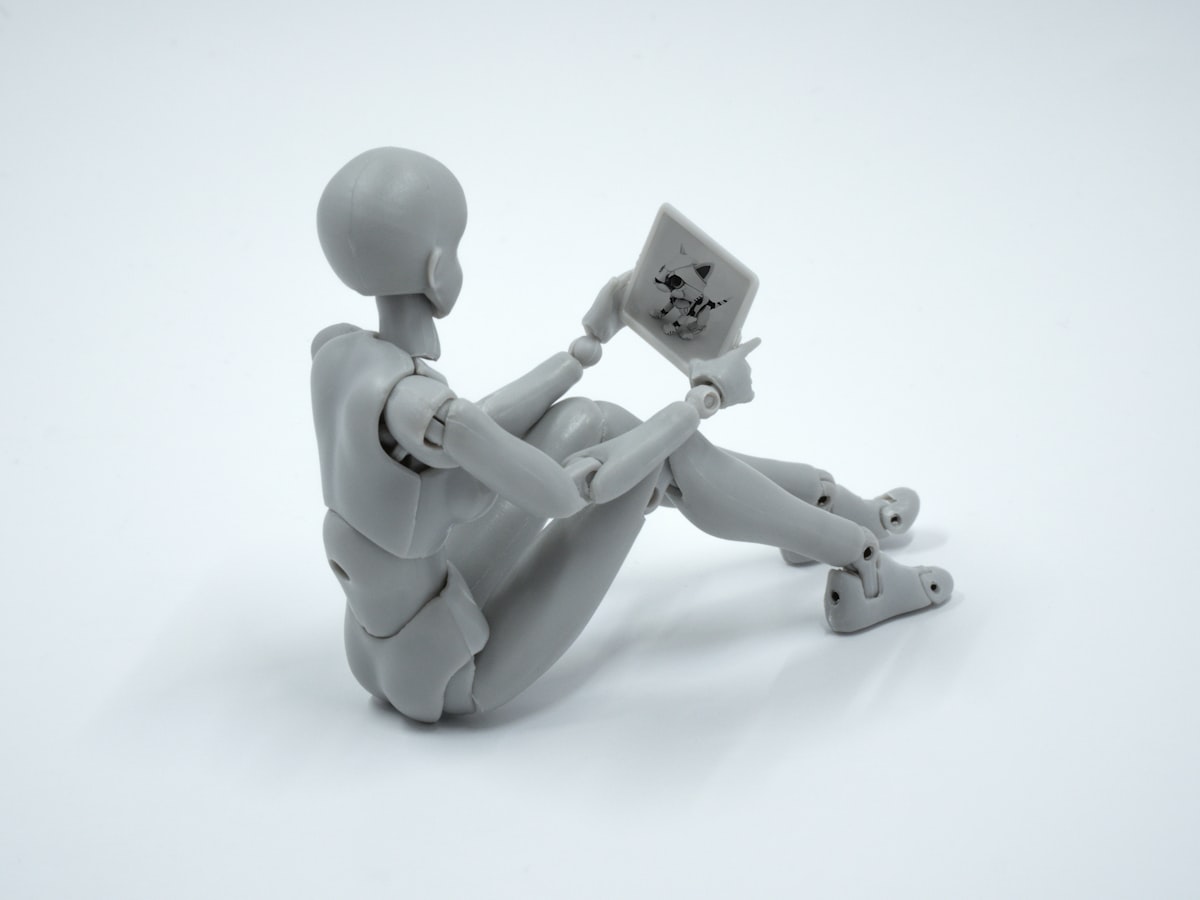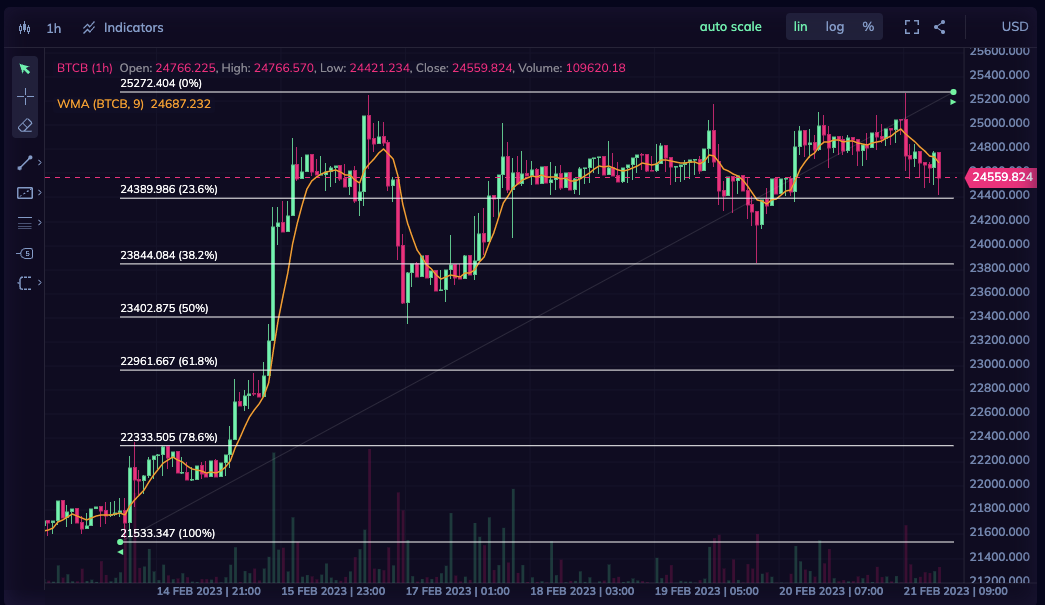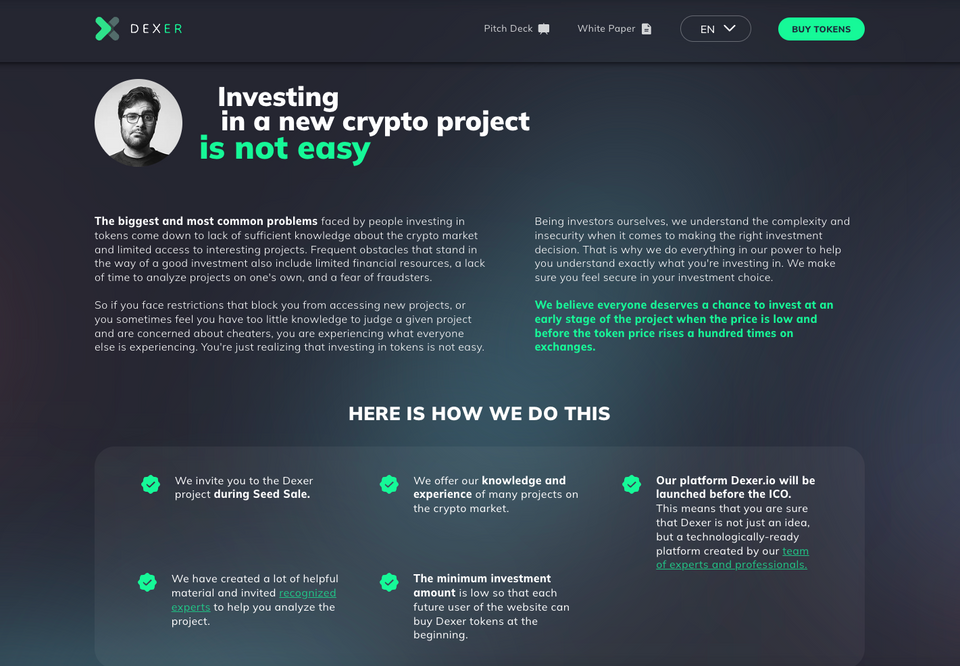The Internet of Things: A Connected World
The Internet of Things refers to the interconnected network of physical devices embedded with sensors, and network connectivity, enabling these objects to collect, and analyze data.

Introduction
The Internet of Things (IoT) is rapidly revolutionizing the way we interact with our environment, presenting a world filled with smart, connected devices that communicate with each other to make our lives more efficient and convenient. But what is the IoT, and how did it evolve? In this article, we will explore the definition, history, workings, pros, cons, and some fascinating facts about the Internet of Things.
Definition
The Internet of Things refers to the interconnected network of physical devices, vehicles, buildings, and other objects embedded with sensors, software, and network connectivity, enabling these objects to collect, exchange, and analyze data. These "smart" devices are designed to work together autonomously, often without human intervention, providing real-time data and insights that can be used to improve various aspects of daily life.
History
While the concept of interconnected devices can be traced back to the early 20th century, the term "Internet of Things" was coined in 1999 by British technology pioneer Kevin Ashton. However, IoT gained significant traction in the early 2010s with the proliferation of smartphones, advancements in wireless technology, and the rise of cloud computing.
How It Works
IoT devices collect data from their surroundings using sensors and actuators. This data is transmitted through wireless networks (e.g., Wi-Fi, Bluetooth, cellular) to a central hub or cloud-based platform. Here, the data is analyzed, and insights are generated, allowing the devices to respond accordingly. This process often involves machine learning and artificial intelligence algorithms to ensure that the devices adapt and improve over time.
Pros
- Increased efficiency: IoT enables real-time monitoring and control of various systems, improving energy efficiency and reducing costs.
- Enhanced convenience: Smart devices can automate repetitive tasks and provide a personalized user experience.
- Improved safety and security: IoT devices can monitor and alert users of potential hazards, such as gas leaks, break-ins, or medical emergencies.
- Data-driven decision-making: With access to a wealth of information, businesses and individuals can make informed decisions to optimize processes and resources.
Cons
- Privacy concerns: IoT devices can collect vast amounts of personal data, raising concerns about data misuse and surveillance.
- Security risks: The interconnectivity of IoT devices presents an increased risk of cyber-attacks, potentially compromising sensitive information or causing physical harm.
- Technological dependency: As we become more reliant on IoT devices, the risk of technical failures or malfunctions increases, potentially leading to significant disruptions in daily life.
- Digital divide: The rapid expansion of IoT may exacerbate existing inequalities, as those without access to advanced technology are left behind.
Interesting Facts
- By 2025, it is estimated that there will be over 75 billion IoT devices worldwide.
- The global IoT market is expected to reach a value of $1.39 trillion by 2026.
- Smart cities, which leverage IoT technology for efficient urban management, are projected to save up to $20 billion in energy costs by 2030.
- IoT has applications in various sectors, including healthcare, agriculture, transportation, and manufacturing, offering innovative solutions to modern challenges.
Conclusion
The Internet of Things is transforming our world by connecting devices and streamlining processes, providing numerous benefits and opportunities. However, it also presents challenges, including privacy and security concerns. As IoT technology continues to advance, it will be crucial for stakeholders to address these issues while maximizing the potential of this connected world.




